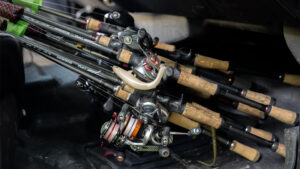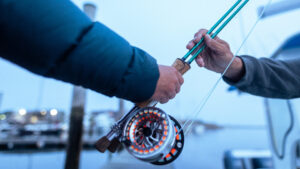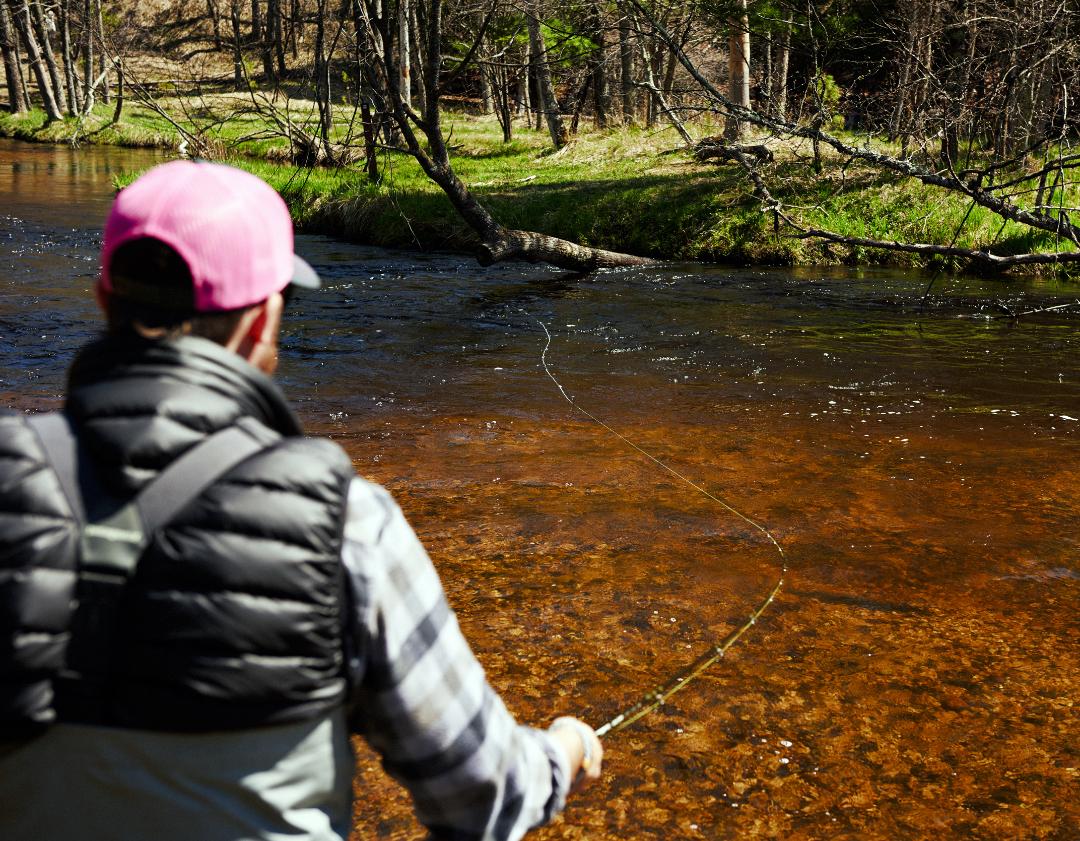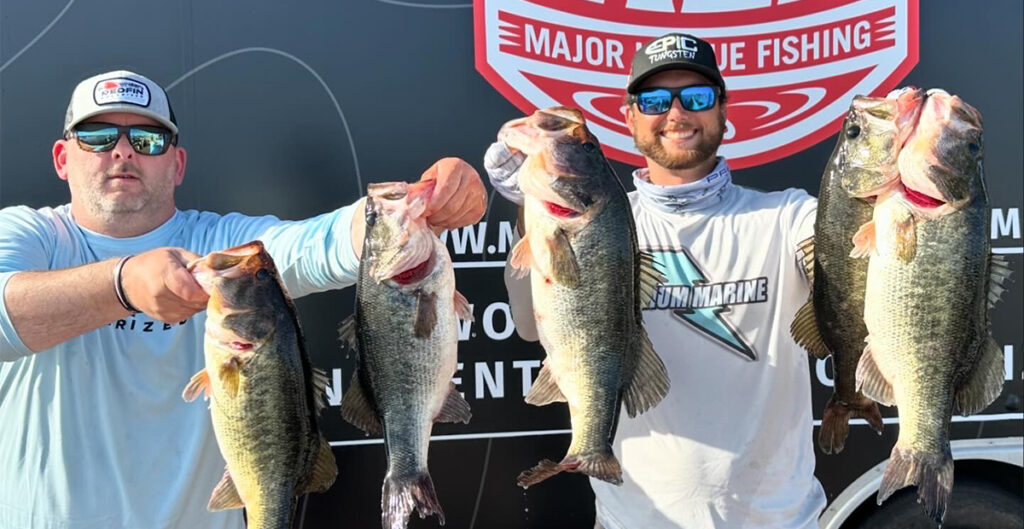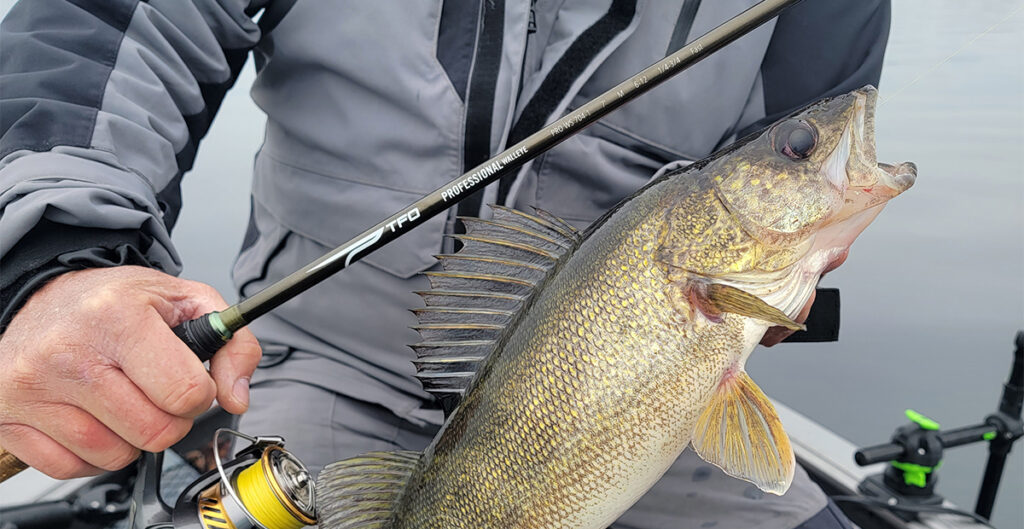While swinging flies with two-handed rods the typical approach is a consistent, level swing through a long run. Repetitively sweeping the fly across the nose of a salmon or steelhead and pushing them farther back into the tail-out of the pool is usually the best chance to elicit an anger strike.
However, there are times that taking a more active approach, similar to that of stripping streamers, can bring success.
Never more is this the case when fishing around the Great Lakes, where steelhead, salmon and brown trout can tend to hunker down in shorter runs. Due to smaller, deeper pools, which drop off and rise in more dramatic distances than the broader rivers in the West, anglers in the Great Lakes, need to be a bit more creative with their swung-fly approach.
Here are a few methods worth a try next time a traditional slow-and-steady swing doesn’t garner attention, (or you have already worked through the run with a traditional cast, step, and swing pattern).
The Pop
After a downstream cast, subtly pop, (or jig down) the tip of a rod, forcing the fly to sink and pop up again.
This can mimic an injured or disoriented baitfish. This can also help keep the fly from snagging on downed trees common during this time of your on GL rivers.
This technique can be fished at varying depths, (more reason to buy extra sink-tips!) and also various sections of the run. Similar to a nymphing approach, start close and shallow, and work it farther out as you make your way down river. This can also be productive in slower portions of the river where you can’t rely upon the current to make the fly move.
The Drop In
As mentioned above, early fall storms can cause some log jams great for holding big fish. This can make it tricky to work a fly through in a straight-line swing.
Make an upstream cast, when the fly lands, throw an upstream mend to give the fly time to sink under the jam. Due to the different current speeds in the water column, you can really play around with different fly speeds and may be the key to hooking a fish in a ‘logged’ up run. This will take some practice in more congested water, but likely will be something most anglers avoid because they are scared to lose flies.
Rip and Runs
When all else fails when working through a run, I like to walk down to the end of the pool, line-up almost 180 degrees from the head of it and make a cast straight ahead. Traditionalists may cry blasphemy, but making a straight-line cast forward and stripping a fly right through the middle of the run can present a view of the fly fish rarely see. This also presents a very active, aggressive fly that would be hard for a fish not to attack. Imagine sitting in your living room and someone drags a 20-ounce rib-eye right through the middle of it? Would be hard to not have a reaction. right?
Ideally best to save this approach till the end of your time in the pool, and “run,” on to the next one as if nothing strikes from the above techniques, there are probably no interested players. Time to move on to the next section of the river.
Looking for a quality two-handed rod? One of the top two-handers on the market is the Axiom II Switch, TFO’s award-winning stick that has drawn rave reviews from Deneki.
Thoughts on our two-handed techniques for fall steelhead and salmon? Do you have other suggestions? Let us known on one of our social media pages.
